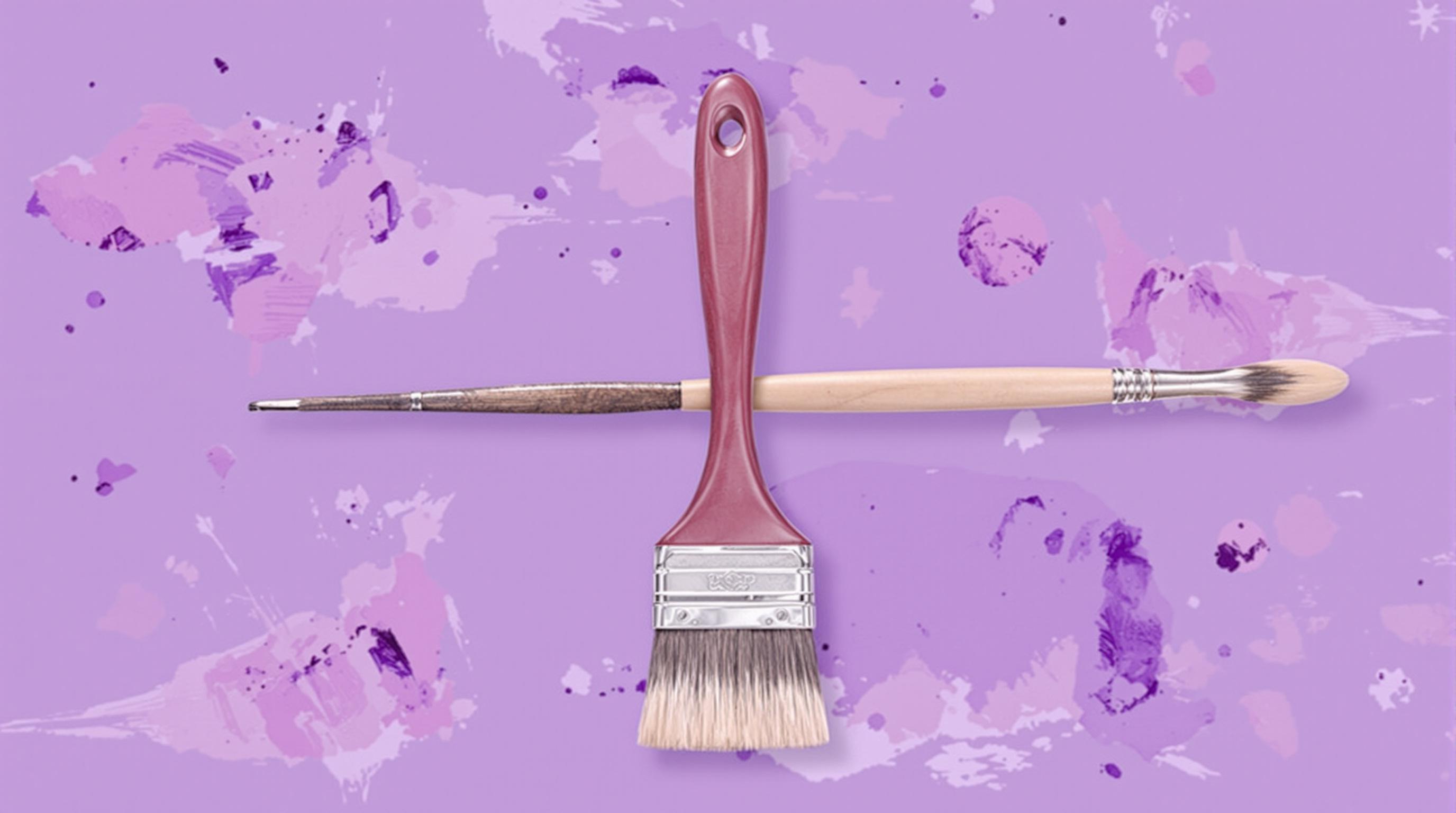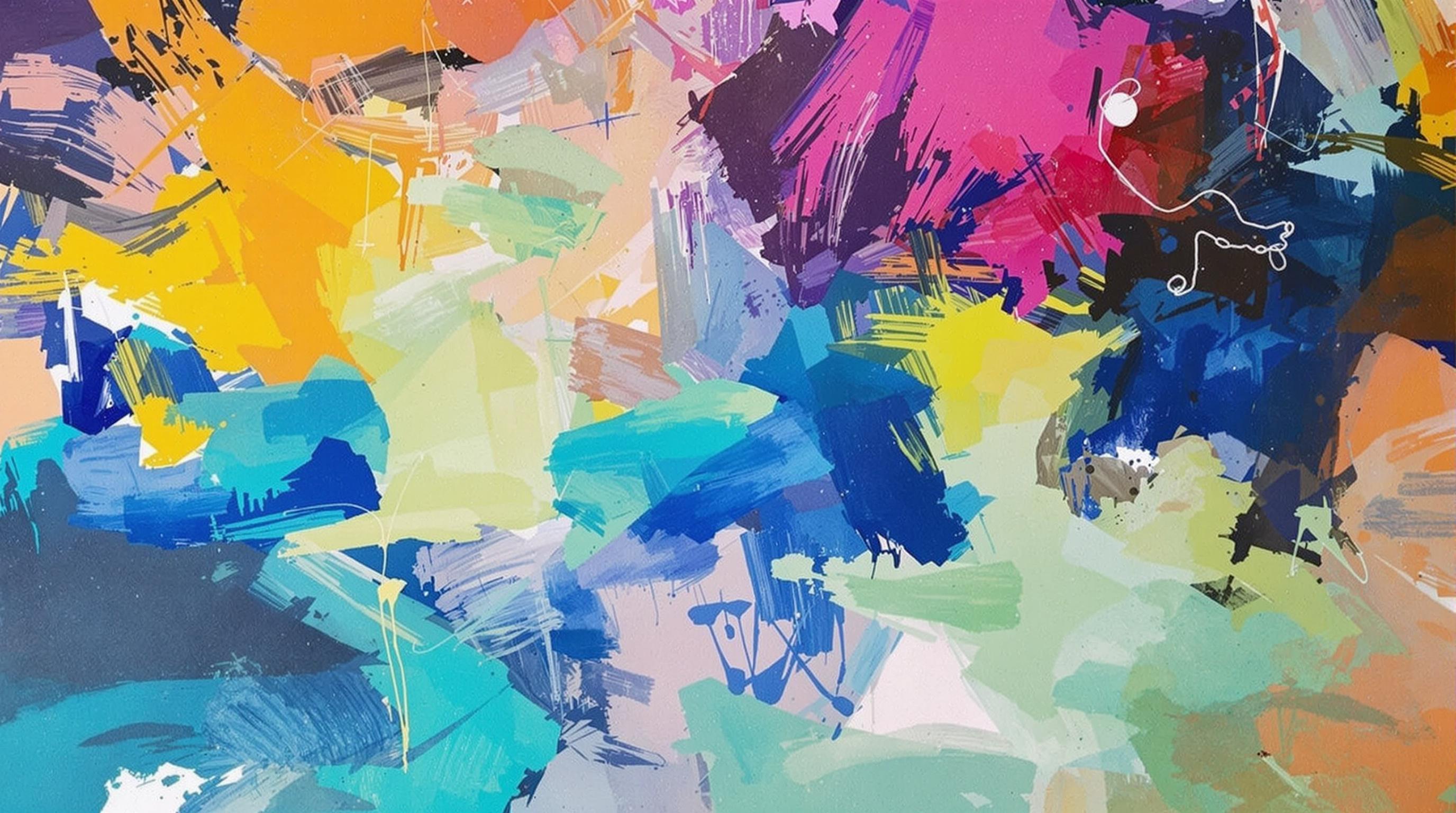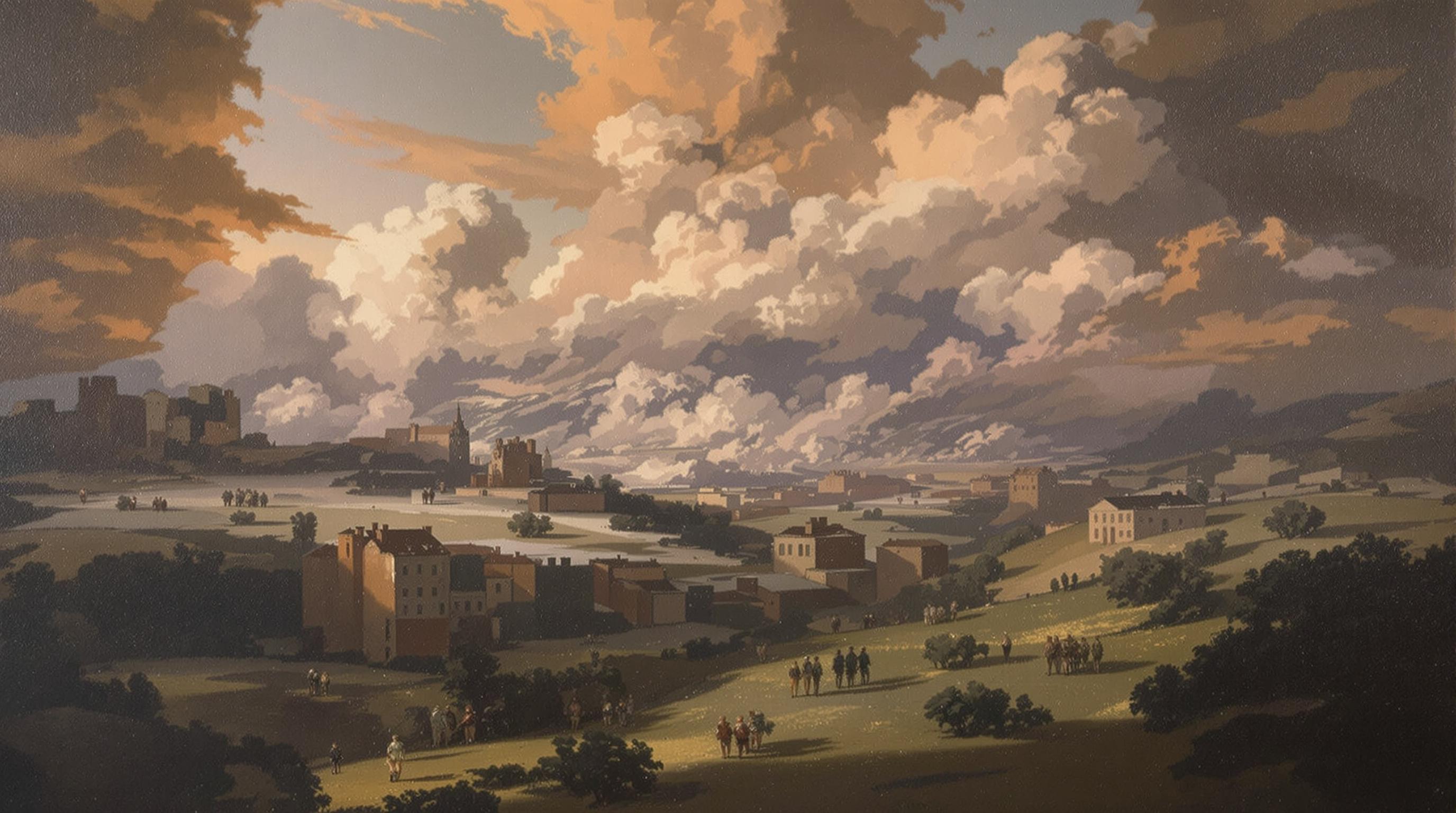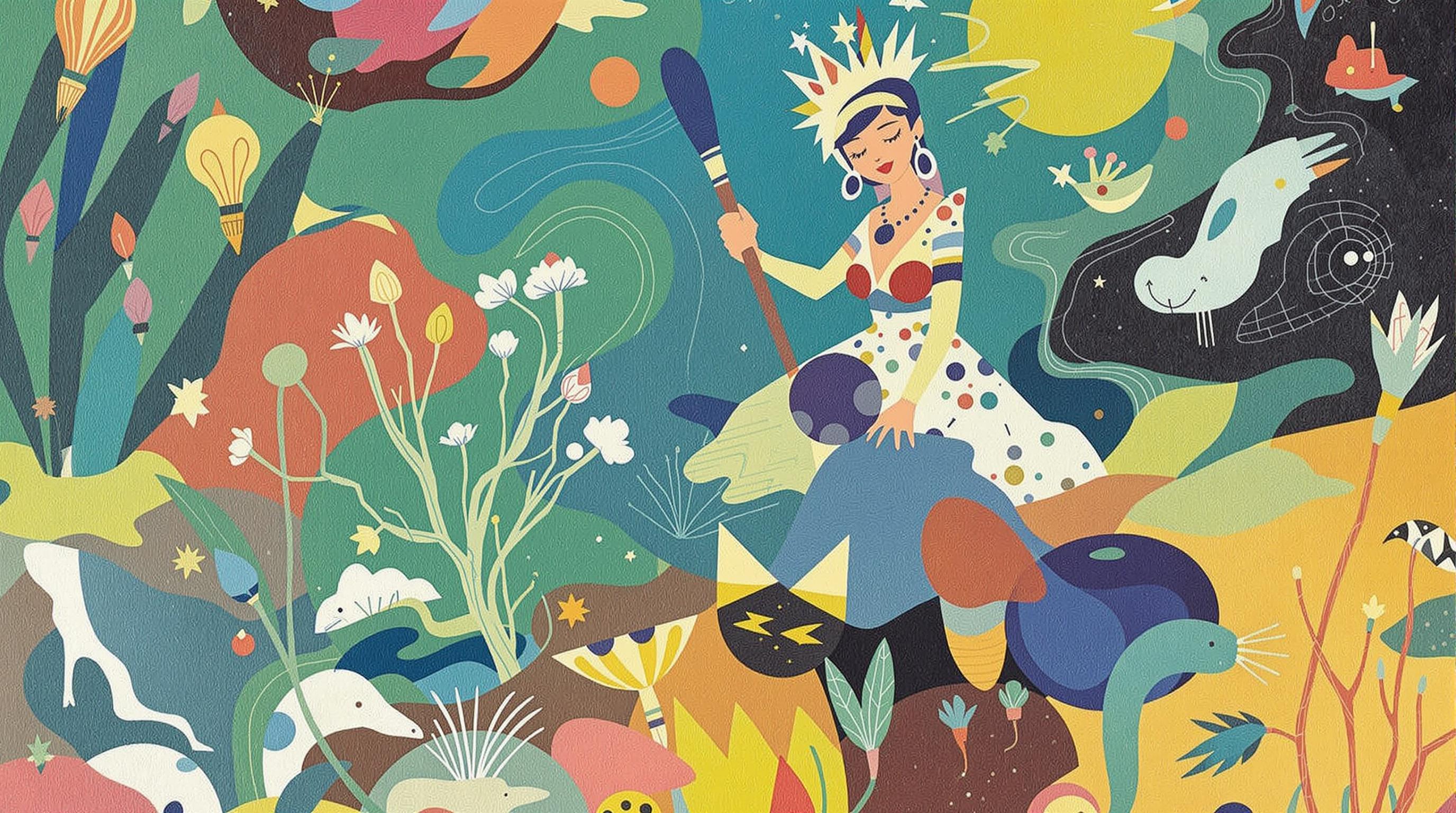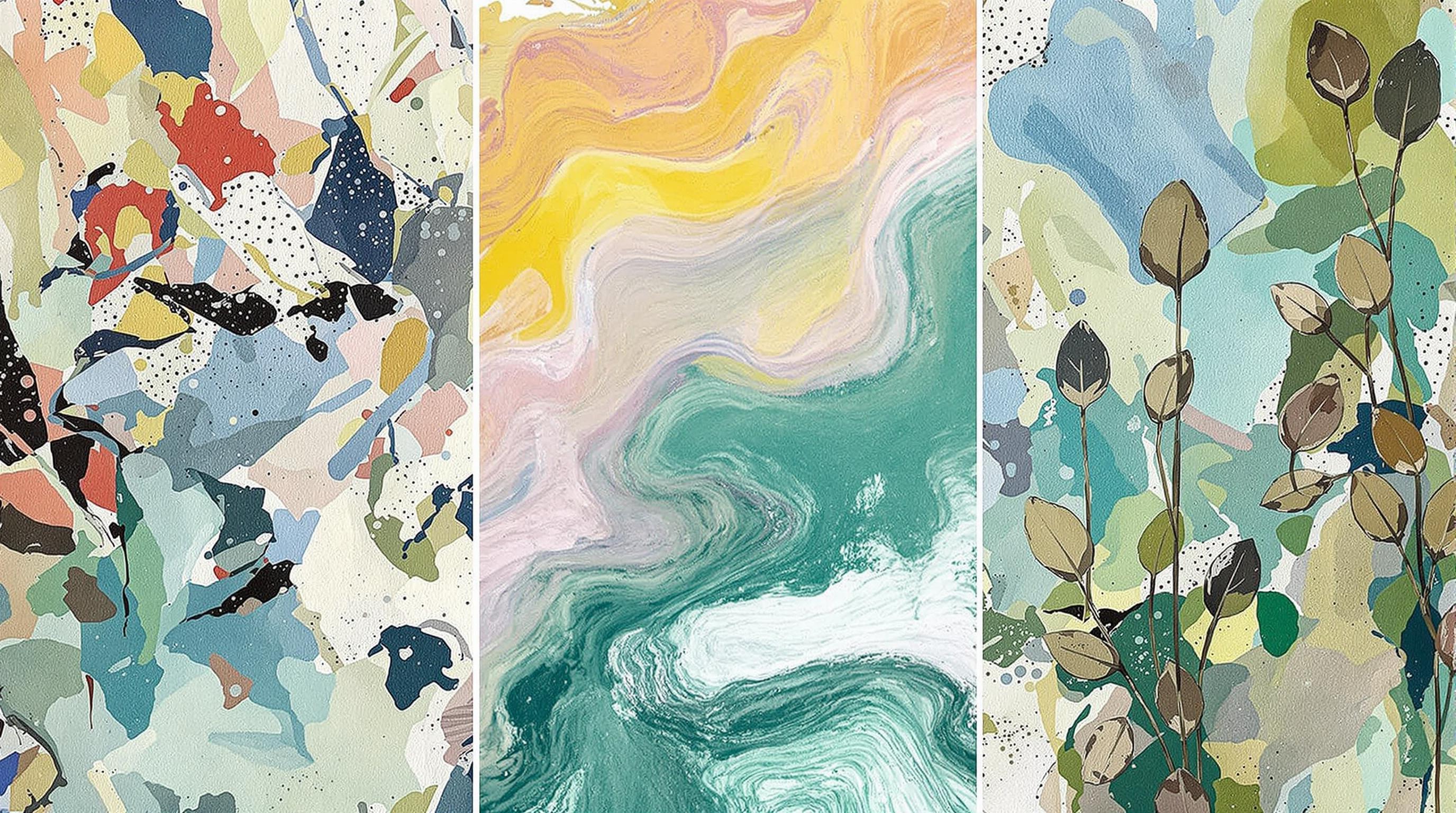Related Articles
- The Hidden Influence of Ergonomics: How Tool Design Shapes Our Physical Spaces and Daily Lives
- The Silent Influence: How Hidden Home Implements Shape Our Daily Routines and Spaces
- The Counterintuitive Role of Chaos: How Messy Tool Storage Can Lead to Unexpected Home Innovations
- Exploring the Unseen: How Audio Experiences Shape the Art of Domestic Spaces and Color Perception
- Rethinking the Mundane: How Everyday Objects are Becoming the Canvas for Modern Artistic Expression in Home Spaces
- Cultivating Chaos: The Surprising Benefits of Embracing Weeds in Your Garden Ecosystem
15 Uncommon Instruments of Art: How Unusual Painting Tools Can Elevate Your Home Decor Beyond Traditional Aesthetic Norms
15 Uncommon Instruments of Art: How Unusual Painting Tools Can Elevate Your Home Decor Beyond Traditional Aesthetic Norms
15 Uncommon Instruments of Art: How Unusual Painting Tools Can Elevate Your Home Decor Beyond Traditional Aesthetic Norms
Introduction to Uncommon Instruments
In the realm of home decor, the allure of traditional painting tools often reigns supreme. Brushes and palettes have long been the stalwart companions of artists, leading us to equate beauty with familiarity. However, the exploration of uncommon painting instruments can unveil a world of creativity that transcends conventional boundaries, allowing for a more personal touch in home decor.
Utilizing unusual tools can produce unexpected textures, shapes, and patterns, transforming a simple painting into a captivating conversation piece. These instruments, ranging from everyday utensils to unconventional objects, enable artists to express their individuality while also imbuing spaces with distinctive charm. The integration of artistic flair within our homes invites a departure from mundane aesthetics into a realm rich with character.
As we delve into this exploration, we will examine fifteen uncommon instruments that can elevate your home decor while inviting joy and inspiration into daily life. Each tool holds the potential to create artwork that reflects personal stories, making each space unique.
1. Wine Bottles
Transforming an ordinary wine bottle into a painting instrument comes with both whimsy and nostalgia. As an artist rolls the bottle across canvas, the resulting lines and shapes can emulate the graceful curves of vines or the flowing patterns of nature. Each stroke holds a memory, perhaps of a cherished evening spent with friends.
Additionally, the incorporation of various bottle sizes allows for a diverse portfolio of artistic expressions. Larger bottles can create sweeping, broad strokes, while smaller ones lend themselves to intricate details. This dual purpose can add layers of intrigue to any home decor.
Moreover, crafting art using wine bottles not only recycles materials but also provides a unique connection to social gatherings, making each piece a story in itself that adds depth to your surroundings.
2. Feathers
Delicate and ethereal, feathers possess an inherent beauty, making them delightful tools for painting. By dipping feathers into paint, artists can create soft, sweeping strokes that mimic the movement of air and fluidity found in nature. The rustic charm of feathers allows for a dreamy aesthetic in any artwork.
The diversity of feathers—from ostrich to peacock—ensures a myriad of textures, colors, and sizes to experiment with, granting each piece a unique twist. The gentle touch and variations of strokes they produce can evoke feelings of lightness and grace in a home setting.
Furthermore, feathers can be symbolic, reflecting themes of freedom and elegance, therefore resonating on a deeper emotional level. Incorporating feather-inspired art into your home decor can thus invite a sense of serenity and connection with nature.
3. Spoons
Spoons, often relegated to our kitchens, become fascinating painting instruments when wielded with artistic intent. The curvature of a spoon allows for unique fingerprints on canvas, creating whimsical patterns that echo the shapes and forms of everyday life. Using spoons provides an uncomplicated means to experiment with layering and texture.
Artists can use the back or front of the spoon to achieve varied effects. Experimenting with different spoon types—from wooden to metal—can add further depth. The process is not only about applying paint but can also become an exploration of line, rhythm, and motion.
The transformation of an ordinary utensil into an artistic tool serves to remind us that poetry and beauty often reside in the mundane, inviting reflections of creativity into our domestic spaces.
4. Old Credit Cards
Credit cards, no longer serving their original purpose, can be repurposed as tools for scraping and smoothing paint. The flat edges allow for sharp, defined lines, while the varying pressure applied can yield a range of effects—from bold strokes to delicate textures.
This method encourages spontaneity; the artist's hand dances along the canvas, driving forward a personal narrative that reflects both emotion and artistry. The history embedded in each card enhances the story told through the artwork.
Moreover, utilizing old cards is an eco-friendly approach to art, repurposing items that may otherwise be discarded. This practice not only adds to your decor but also communicates a commitment to sustainability and creativity in tandem.
5. Hands
Perhaps the most intimate painting instrument is, quite literally, our hands. Using fingers to paint creates a direct connection between the artist and the work, allowing for expressiveness that brushes may inhibit. The tactile experience can yield raw, emotive art that resonates deeply with viewers.
Finger painting encourages an uninhibited exploration of colors and textures. This style invites spontaneity and immediate emotional expression, producing artwork that feels genuine and personal. Every mark tells a tale, echoing the artist's journey as they navigate through creativity.
Furthermore, utilizing one's hands to create art fosters a kinesthetic appreciation of the medium, transforming home decor from a mere visual experience to one that engages the senses. Such artwork can truly elevate a space to one of dynamic energy and authenticity.
6. Kitchen Utensils
Who would have thought that a spatula or a whisk could have artistic merit? Kitchen utensils can be powerful painting tools, allowing for broad strokes or intricate details, depending on the tool. The process of splattering or brushing with these items gives a new meaning to 'artistic expression.'
The versatility of kitchen tools also aligns with the creative spirit that seeks to reinvent and explore unconventional avenues. The action of creating art while surrounded by the comforts of domesticity engenders a celebration of everyday life.
Incorporating kitchen utensil art into home decor blurs the boundaries between culinary and artistic realms, creating a unique narrative that honors the vibrancy of both artistry and daily living.
7. Bubble Wrap
Bubble wrap, a source of endless amusement for many, has now found its place in the realm of art. By applying paint to the bubbles and pressing them onto canvas, artists achieve intriguing textures and patterns that are both engaging and playful. The resulting art can elicit a sense of childlike joy in viewers.
This innovative approach allows for experimentation with color and form, encouraging an exploration of rhythm and repetition. The unpredictability of the results invites an exciting embrace of spontaneity in the artistic journey.
Moreover, using bubble wrap in your artwork can double as a conversation piece—both for the work itself and the creative process involved in its conception. This invites discussions around creativity, play, and the power of unconventional materials.
8. Stencils from Everyday Objects
Turning everyday objects into stencils can breathe new life into home decor. Whether using cardboard cut-outs from food packaging or creating shapes from household items, artists are able to craft layered designs that are both unique and personal. This method invites ingenuity, allowing for customization and thematic exploration.
The use of stencils can transform walls, canvases, or furniture into statements that echo personal narratives. By imprinting designs that resonate with one's identity, the resultant decor speaks volumes about the inhabitant's character and interests.
In essence, stencils represent the intersection of practicality and artistry, ensuring that home decor remains dynamic and reflective of the individual's style, transcending typical aesthetics.
9. Natural Materials
The allure of natural materials—such as twigs, leaves, or flowers—offers an organic touch to artistic endeavors. These materials can create print patterns or be utilized as brushes themselves, yielding a sense of the earth in every stroke. Connecting with nature through art fosters a warm and grounding atmosphere in any home.
The textures and tones of natural elements inspire themes of harmony and tranquility. Each brushstroke resonates with the environment, inviting a dialogue between the artwork and the natural world. This symbiotic relationship enhances the beauty of the decor while encouraging mindfulness.
Incorporating natural materials into your artwork celebrates the beauty around us, reminding us of the importance of nature in our everyday lives and thus enriching the aesthetic experience within our interiors.
10. Found Objects
In the treasure hunt for creativity, found objects beckon artists with their myriad potential. Whether a piece of discarded metal, an old toy, or even sea glass, these artifacts can become bold brushes or texture makers. Their stories woven into the art can create narratives that resonate with viewers on multiple levels.
Embracing found objects allows for the sculpting of contemporary and eclectic pieces that challenge traditional notions of beauty and artistic value. Each object carries an inherent history, and, when reimagined in new contexts, can elicit profound emotional connections.
Moreover, such artistic endeavors celebrate sustainability, showcasing creativity through reusing items that would otherwise go unnoticed. The incorporation of found objects in home decor creates not only art with depth but also realms of sustainability that enrich our living spaces.
Conclusion
Exploring uncommon instruments of art prompts an invitation to infuse our homes with creativity and character that extends beyond traditional aesthetics. The use of various unusual painting tools allows for whimsical expression, creating spaces that tell our personal stories and strike dialogue among us and our guests.
As we embrace the unconventional, we unlock new avenues for artistic expression and elevate our living environments into extraordinary spaces filled with heart and individuality. This journey encourages us to see the beauty in the everyday and to connect more authentically with our surroundings.
Thus, as we pick up these unusual tools, we carve out spaces that resonate with our identities, showcasing that artistry exists not only in the brushstrokes but in the imagination and intention behind them.
